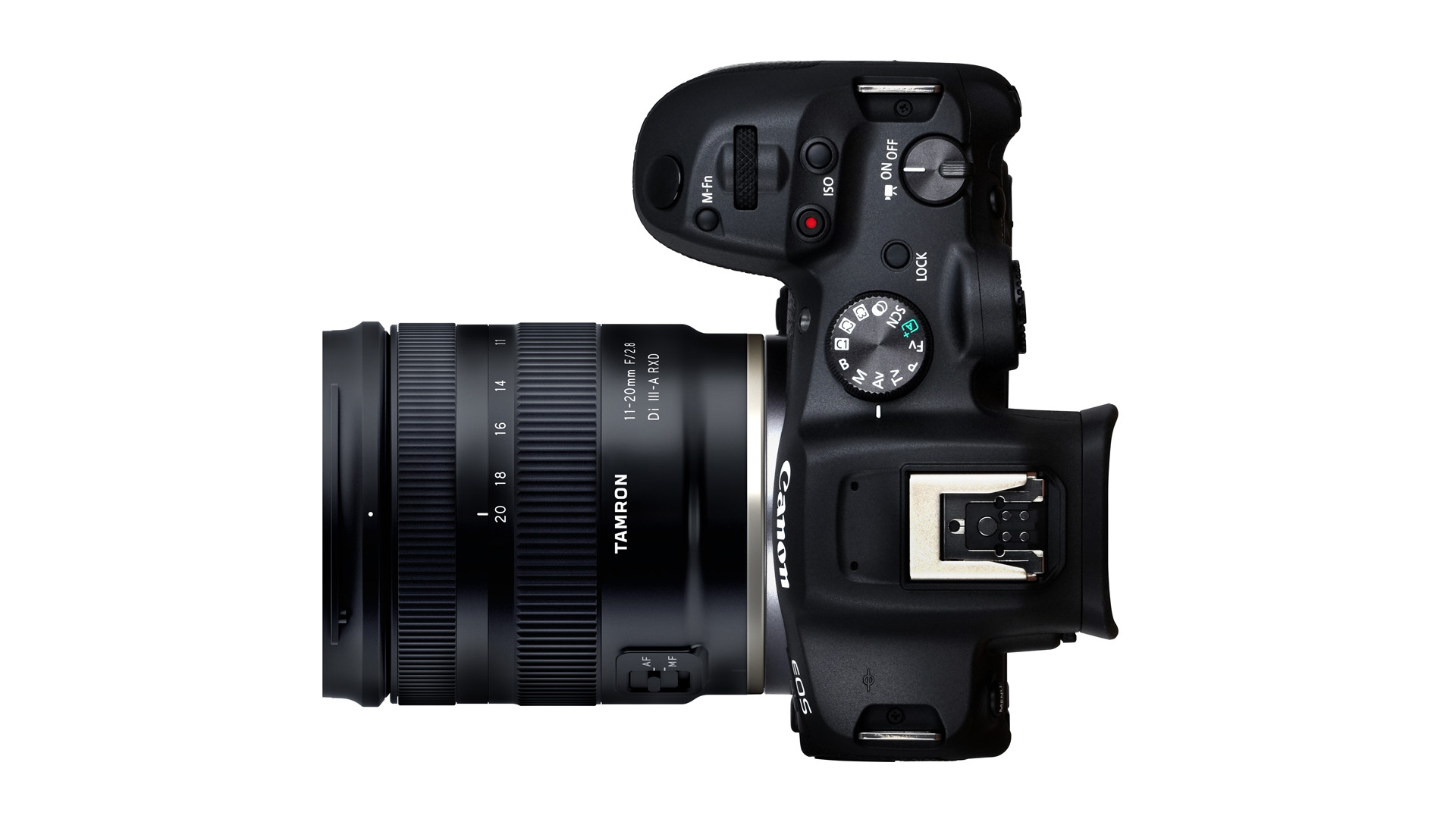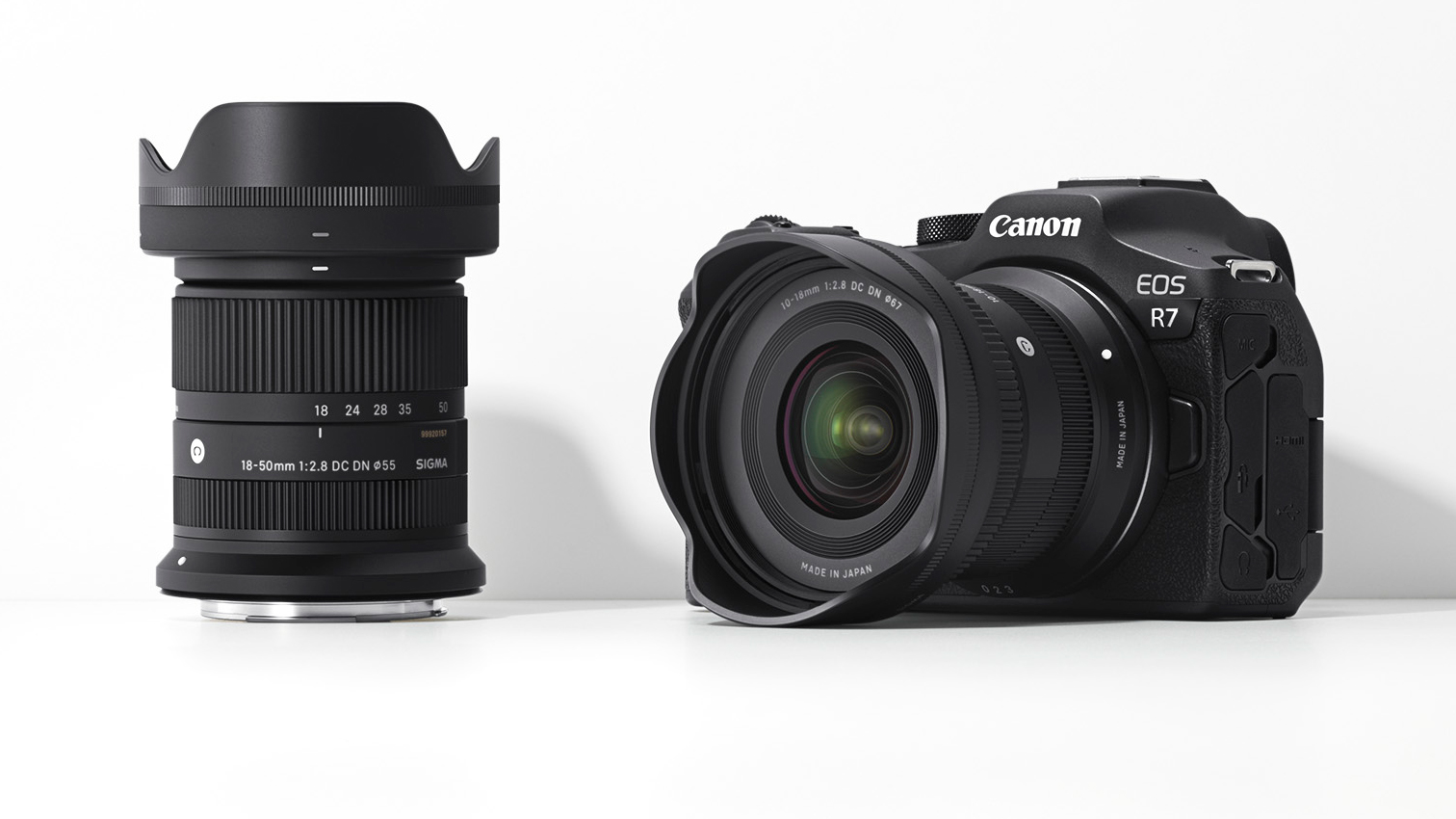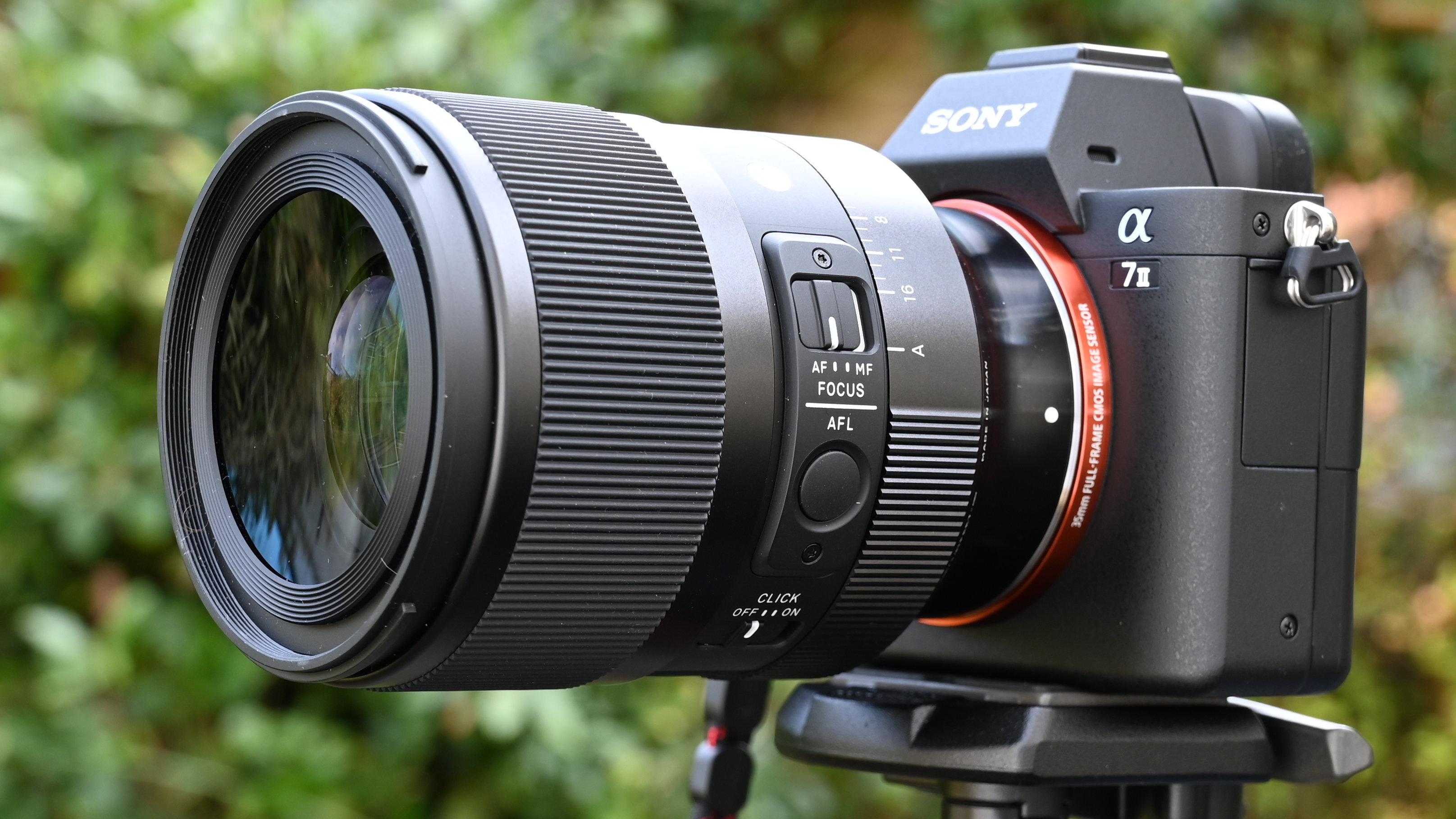
It's about bloody time.
As an RF user since the original Canon EOS R launched, back in 2018, this is the day I've been waiting for: Canon has taken the shackles off third-party manufacturers producing autofocus RF lenses. And, in doing so, it has taken the shackles off the RF mount as a whole.
In case you missed it, the two biggest third-party brands have just announced their first RF optics: a wide-angle lens from Tamron and no fewer than six lenses from Sigma – all autofocus, all officially sanctioned by Canon.
Some big questions still remain, but before I get to those – why is this such a big deal, and why has Canon hamstrung third-party glass makers until now?
Canon VS third-party brands

To be clear, these are not the first third-party lenses for the RF mount – and nor are they the first autofocus lenses for it, either. They are, however, the first autofocus RF lenses that Canon has allowed to remain on the market.
Companies producing manual focus RF lenses has never been an issue. Indeed, some of the best Canon RF lenses are from the likes of Laowa, Lensbaby, Voigtländer and Zhongyi.
The problems started when third parties started bringing out lenses with autofocus. I first noticed this in June 2021, when Samyang pulled its RF lenses from sale, followed in August 2022 by Viltrox saying, "we have been told by Canon to stop selling all RF mount products".
The reasoning was never made clear, as nobody ever commented on the record. My assumption is that the legal reason Canon stopped them is because they were reverse-engineering the RF mount's electronics to produce their AF systems, which is a violation of Canon's technology patents.
As for the actual reason Canon didn't want third parties making AF RF lenses? It's possible that it wanted the entire market of new EOS R investors to itself, or at least wanted to make money from licensing the RF mount to third parties.
Personally, I suspect it was as much about protecting the integrity of the fledgling EOS R system. Canon's entire future was resting on the performance of its expensive new cameras, particularly when Dual Pixel AF II was introduced. If the performance was compromised by reverse-engineered lenses not using the proper focusing protocols, that would tarnish the reputation of EOS R bodies.
What changed?

Whatever the reason, Canon threw down the ban hammer and no third parties were allowed to make RF lenses with autofocus. Even the big boys like Sigma and Tamron, when asked as recently as CP+ this year, had no answers for us.
However, Tsuyoshi Tokura, head honcho of Canon's imaging unit, told Japan's MyNavi that "Canon is communicating with third-party manufacturers regarding RF mount lenses," noting that "There are no restrictions."
Which brings us to today, where Tamron and Sigma have both announced their first RF lenses complete with autofocus – and complete with the very clear asterisk, "This product is developed, manufactured, and sold under a license agreement with Canon Inc."
So all is good, now, right?
Well, maybe. Probably. But there is still something very conspicuous about Tamron and Sigma's announcements: they only pertain to RF-S lenses, designed for Canon's APS-C cameras.

For clarity, these RF-S lenses will work on full-frame RF cameras (such as the Canon EOS R5 and R6 Mark II) but since they don't cover the entire sensor they can only be used in crop mode.
So, is this just a coincidence? Is Tamron simply transplanting its Tamron 11-20mm f/2.8 Di III-A RXD because it's a proven and popular APS-C lens? Is Sigma bringing out six existing APS-C lenses because it's the easiest way to get in on the act? Or is it possible that Canon is only licensing RF-S lenses, and keeping the full-frame RF lens market to itself?
Because if I'm Sigma, and I've just released a 5-star 50mm f/1.2 lens, I probably want my award-winning new lens available for the RF mount. Except that Canon already makes its own, much more expensive 50mm f/1.2 lens – and it probably doesn't want any competition for it.
Time will tell. Maybe I'm making mountains out of molehills. Either way, I'm just happy that we're finally getting RF glass from Tamron and Sigma – and the RF mount just took a major step toward usurping Sony's E mount dominance.

Take a look at the best Canon cameras, which includes some of the best DSLRs along with the best mirrorless cameras on the market.







